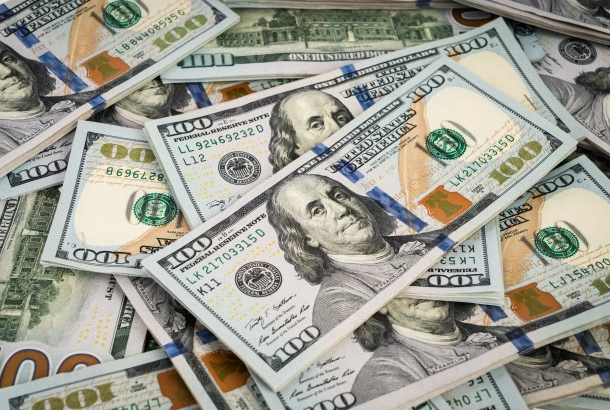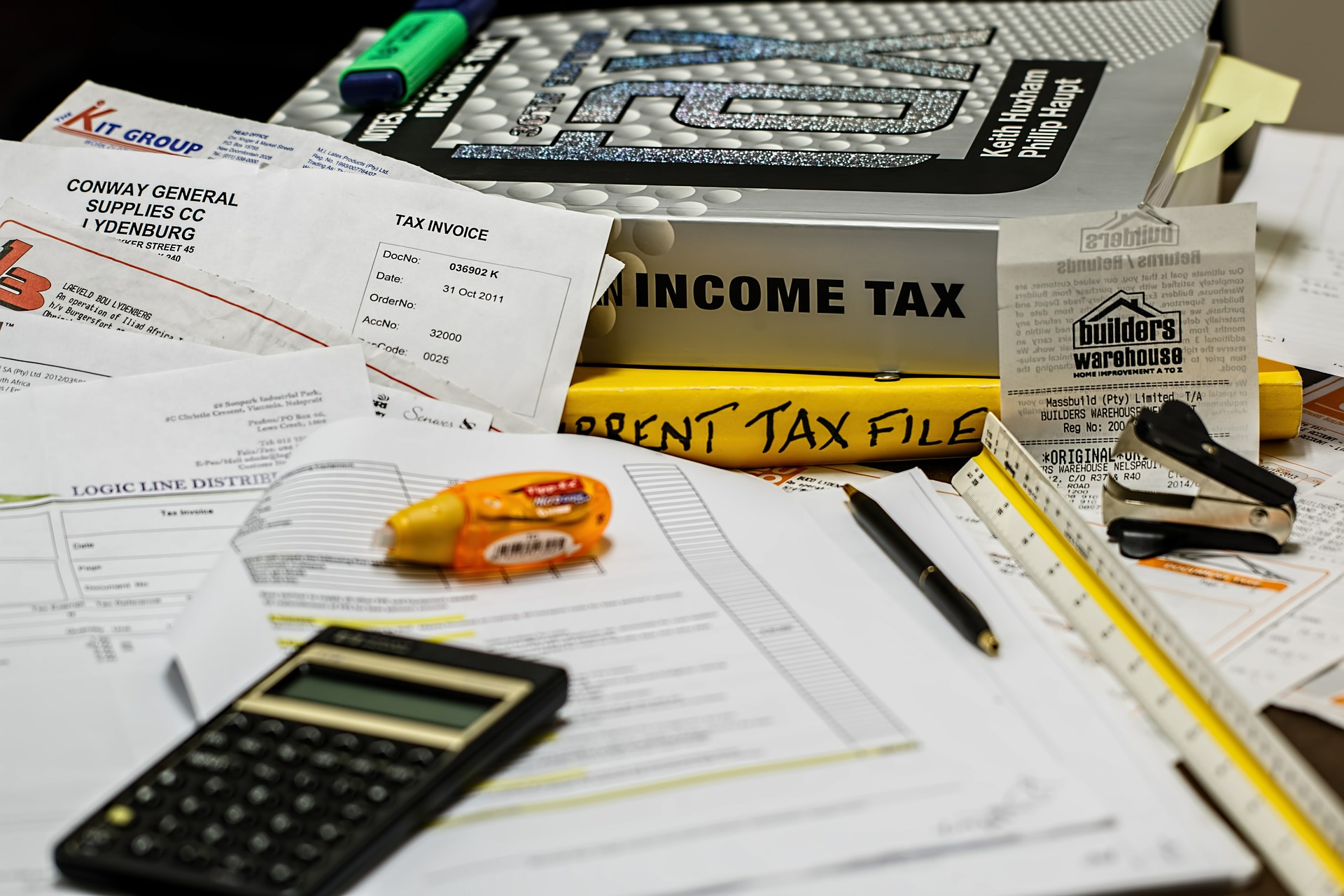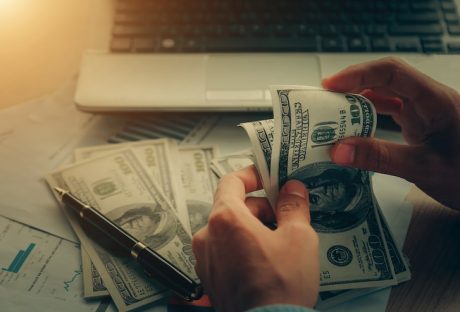In times of economic uncertainty, gold and other precious metals have often functioned as safe-haven assets that can help protect an individual’s wealth. This has led many to make a purchase of gold coins as a means of diversifying their financial holdings. To explore this idea further, we turned to information from the U.S. Money Reserve, a distributor of government-issued gold coins. The company’s many coin offerings, including the Gold Maple Leaf coin, have opened up an area of opportunity for individuals concerned about their wealth during trying economic times.
U.S. Money Reserve: Natural North American Coinage
Coin History
Before looking at some of the offerings from the U.S. Money Reserve, let us first examine the unique societal role that gold coins have played throughout history. The tradition of minting such coins goes all the way back to the 6th century BCE in the Kingdom of Lydia. Even at this time, coin minting was directly connected to images and symbolism found in nature. Those first coins featured a lion on their face; the image symbolized power in that culture. Since that time, minted coins have featured a wide range of images on their faces, but nature and animals still play a large part in coin symbology to this day.
These symbols have helped cement the stability and price of gold coins and establish them as safe-haven assets. By producing images on coins that can be used as currency, governments have made it easier to identify authentic pieces that have been minted by the state. This allows people to identify coins that are backed by the full weight of a particular government and even identify the metallic content of a particular coin, which contributes to the coins’ ability to serve as financial assets.
North American Coins
The tradition of natural imagery on gold coins is alive and well in present-day North America, as evidenced by the diverse range of coins on offer from the U.S. Money Reserve. The Gold Maple Leaf coin is one such offering that has garnered interest for years. The coin, which is minted by the Royal Canadian Mint, has been in circulation since 1979 and originally began as a trial project to transform Canadian gold. Since its introduction, the coin has become a highly sought-after item.
Another item offered by U.S. Money Reserve is the American Eagle coin. The bird featured on the coin is one of the main pieces of symbology associated with the U.S. government, a fact underscored by its inclusion in the country’s national seal. The coin, which is authorized as legal tender by the U.S. Congress, also features on its obverse a depiction of Lady Liberty, another enduring symbol of the country. Taken together, these images contribute to the long legacy of natural imagery that is still being displayed on many coins produced throughout North America.
Portfolio Diversification
The purchase of gold coins has long served as a means for individuals and organizations to safeguard against instability in financial markets. During times of economic downturn, stocks and other assets have often seen sharp declines in price, leading to large-scale losses of wealth. Conversely, gold has often served as a safe-haven asset, retaining its price and even appreciating in value during times of uncertainty. In fact, gold was a top pick as a long-term asset by Americans in the years following the 2008 financial crisis.
Beyond its status as a safe-haven asset, gold provides many individuals and organizations with the ability to diversify their holdings, no matter what the economy may bring. This is partly because of the metal’s ability to balance a portfolio and create a range of holdings that are not directly tied to one another. From this perspective, one of gold’s strengths is its ability to retain or increase its price while other commodities are floundering.
Gold coins have long been prized for their ability to help individuals weather economic storms. The production of such coins goes back more than 2,600 years and is also intricately tied to the symbology present on the coins themselves. The diverse nature-themed gold coins available from U.S. Money Reserve bring these two long-held traditions together in an offering that is both visually stunning and able to serve as an important piece in any financial portfolio.
About the Company
U.S. Money Reserve is an Austin-based company that offers a wide range of gold coins. The company has been repeatedly singled out for its excellent customer service that stems from the ability of Account Executives to tailor customer purchases to their existing portfolio needs. This service benefits from the guidance of the company president, Philip N. Diehl, who is a former director of the U.S. Mint. Thanks in part to Diehl’s experience with public policy and personal financial security, the company has been awarded an AAA rating from the Business Consumer Alliance.
Read Also:






















